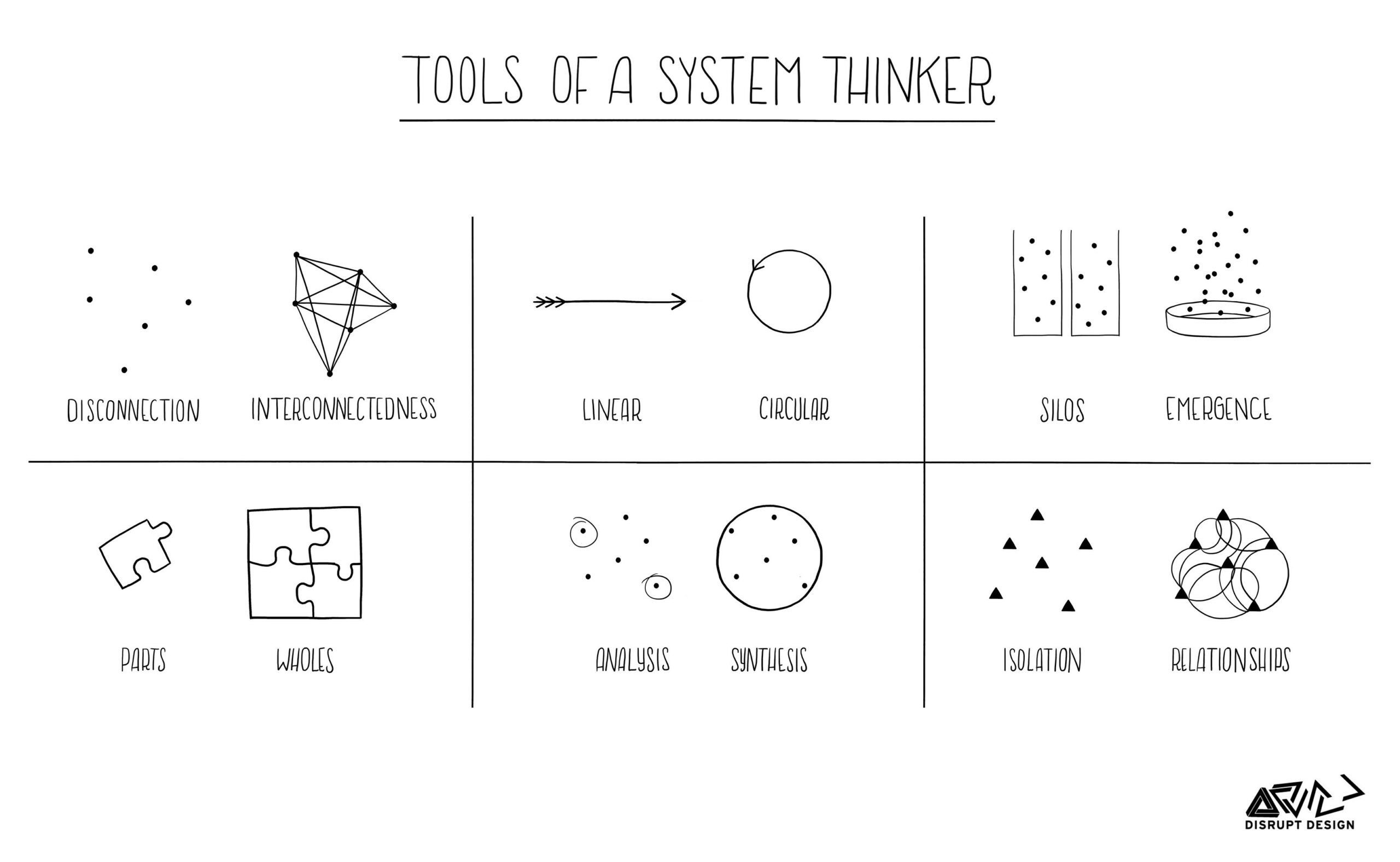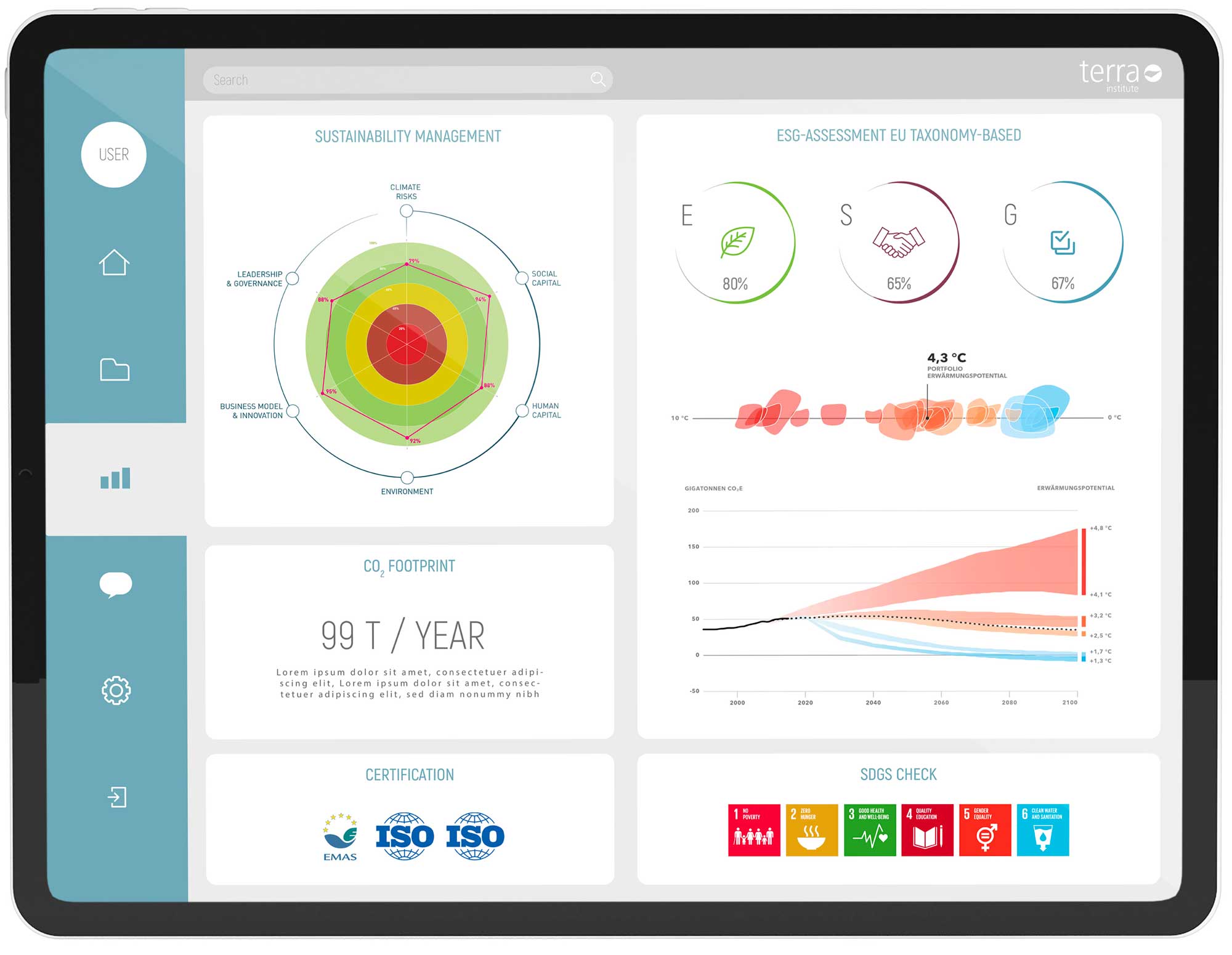CONDUCTING A GAP ANALYSIS
IDENTIFICATION OF THE DUE DILIGENCE OBLIGATIONS
The first step is to determine which due diligence obligations are covered by the CSDDD. These include the integration of sustainability requirements into company policy, the identification of risks in the supply chain, the implementation of preventive and remedial measures and the continuous monitoring of compliance with these obligations. At the same time, the areas of the company affected by the CSDDD are recorded.
REVIEW OF EXISTING PROCESSES
It is important to analyse the extent to which the due diligence obligations are already covered by existing processes and where there are gaps. Companies should analyse the scope of their own business activities and determine details of core activities, particularly at secondary locations. Transparency in the type and extent of business relationships in the supply chain and a thorough review of current internal compliance and sustainability guidelines are essential. An interesting side effect of this is that it shows how closely European regulations are linked: Supply chain transparency is a step that is also relevant for CSRD sustainability reporting and the transition to a circular economy, making it worthwhile for companies in several ways.
TRANSPARENCY IN THE SUPPLY CHAIN THROUGH A SPEND ANALYSIS
A comprehensive spend analysis is required in order to fully penetrate the supply chain and make it transparent. This includes recording and analysing the product groups, suppliers and turnover.
The product group analysis identifies the most important product groups that the company purchases. This analysis helps to identify critical areas within the supply chain that require special attention.
The supplier analysis is primarily concerned with the suppliers’ countries of origin, the locations of their production facilities and the origin of the raw materials, materials and services purchased from them. As a minimum, companies should be familiar with the production locations of their suppliers in order to better assess potential risks.
Finally, the turnover achieved with the individual product groups is assessed. This helps to understand the company’s sphere of influence based on the share of sales and supports the prioritisation of product groups in the risk analysis.
MODELLING THE SUPPLY CHAINS
Modelling the supply chains of the main product groups is an essential step in preparing for the CSDDD. This involves modelling the entire production process of a product group, from raw material extraction to the finished product. A simple example of this is the breakdown of the individual steps in the supply chain of a T-shirt:
- Raw material extraction: cotton is grown and harvested in different countries.
- Spinning and weaving: The cotton is spun into yarn and woven into fabric.
- Dyeing and finishing: The fabric is dyed and finished to achieve the desired properties.
- Cutting and sewing: The fabric is cut into the individual parts of the T-shirt and sewn together.
- Packaging and dispatch: The finished T-shirt is packaged and dispatched to retailers or directly to customers.

Fig. 1: Exemplary modelling of the supply chain of a T-shirt.
The individual steps are often carried out not only in specialised companies, but often in completely different countries. This process clearly shows the different stages and actors, materials and work steps involved in the supply chain and how important it is to analyse each step in detail. Due to the high level of complexity and the considerable amount of work involved, it is advisable to start with one product and gradually extend the modelling to all of the company’s other products.
ANALYSING THE SECTOR RISK IN THE MAIN PRODUCT GROUPS
A thorough analysis of the sector risk of the main product groups, including the upstream processes, is essential. The first step is to identify high-risk product groups that pose particular risks in terms of environmental and social standards. For example, the production of aluminium can be associated with considerable environmental impacts, while social risks such as poor working conditions and child labour often occur in the textile industry. The next step is to assess the risks. This involves carrying out a risk analysis based on the severity and probability of occurrence of the identified risks. This involves analysing known risk groups and assessing how serious and likely these risks are.
IMPLEMENTATION OF MEASURES AND CONTINUOUS MONITORING
The final phase of preparation for the CSDDD involves implementing the identified measures to close the gaps in the due diligence obligations and continuously monitoring the supply chain. This may include, for example, the introduction of new supplier assessment systems, the updating of grievance systems and the regular review of compliance with environmental and social standards. Companies should ensure that they regularly monitor and continuously improve compliance with due diligence obligations. This can be achieved through internal audits, regular training and the sharing of best practice.
Conclusion
Preparing for the CSDDD requires a systematic and comprehensive approach. By conducting a GAP analysis, supply chain transparency, supply chain modelling of the main commodity groups, sector risk analysis, prioritisation and concrete risk analysis as well as the implementation and continuous monitoring of measures, companies can ensure that they meet the requirements of the CSDDD and at the same time make their supply chain sustainable.
You can find more information on the supply chain law in our offers.
Here is the link to the EU Official Journal.

Sylvia Albrecht è Senior Consultant and Team Lead Supply Chain.
With 20 years of experience in purchasing and procurement consulting, her focus is on sustainable procurement and the Supply Chain Act (LkSG, CSDDD). Through her many yearsof work in and with procurement, she knows the processes of sustainable supplier management and understands the value contribution that procurement can make to a sustainable corporate orientation. Sylvia is also leading our EcoVadis TrainingpartnersProgram.










